Facebook-f
Youtube
Linkedin-in
Welcome to ACRI's public help guide
Hey Congratulations on getting your seat installed!
what helpful videos would you like to see here?
What angle should my baby be?
For rearward facing, due to the asphyxiation risk caused by head flop or the chin to chest issue, it’s best to aim for an angle around 40-45º on the backrest of the seat from level ground. This is only a guide as each scenario is unique due to the vehicle/child seat combination and all children are individuals, so each parent needs to monitor this for their child. If your child is still suffering from the head flop issue then please see a child seat technician as soon as possible for specific advice. For forward facing children the angle relates to comfort and is no longer a safety concern.
Where should my child's shoulder harness sit?
You should always have your child’s shoulder harness entering the child seat as close to the child’s shoulders as possible.
can I wrap my baby in their child seat?
No – A child should never be in any wraps, cocoons, swaddles, etc. apart from clothing that allows correct positioning of arms, legs and crotch strap.
When can I change my child to forward facing?
Although the Australian Standard’s mentions 6 months is the legal minimum, your child must meet the minimum height markers on your child seat as a minimum to place your child forward facing. PLEASE NOTE: This is a legal minimum and not a recommendation, best practice is to leave your child rearward facing until the maximum limit your child seat allows. We strongly encourage you discuss this with your child seat technician or maternal child health specialist as each scenario should be treated individually.
My baby is preemie or low birth weight, is there anything I need to know?
If you have a preemie or low birth weight child then very few child safety seats in Australia will be suited to your child. You are looking for an A2/0 type child safety seat and you can click here for more details. Refer to your doctor or OT for specific advice.
How tight should my Upper Tether Strap be?
WARNING: Do not over tighten! All slackness should be removed, but not to raise the base of the restraint off the vehicle’s seat.
How tight should my child’s harness be?
All slackness should be removed from your child’s harness. If you can’t ‘pinch’ your child’s harness horizontally then your child’s harness is tensioned appropriately. If you can’t tighten your harness anymore then the harness may be fouled/caught up on a component behind the seat – if you can, reach behind the seat to attempt to free it, and re-tighten.
There is a twist in my child’s harness, how do I fix it?
Any twist in a harness must be fixed prior to travelling as it will increase collision forces over a smaller area on your child. Each child seat is different, and the cause of the twist may be different so refer to your child seat owner’s manual for specific instructions on how to fix a twist in your child seat. There are some excellent generic instructions here to help as well.
Should my driver’s/passenger seat be touching my child’s seat?
No! Although some manufacturers state it is acceptable to have contact between a driver’s seat and the child seat it is best practice to leave a small 10mm gap (finger width) to help prevent energy being transferred in a collision.

